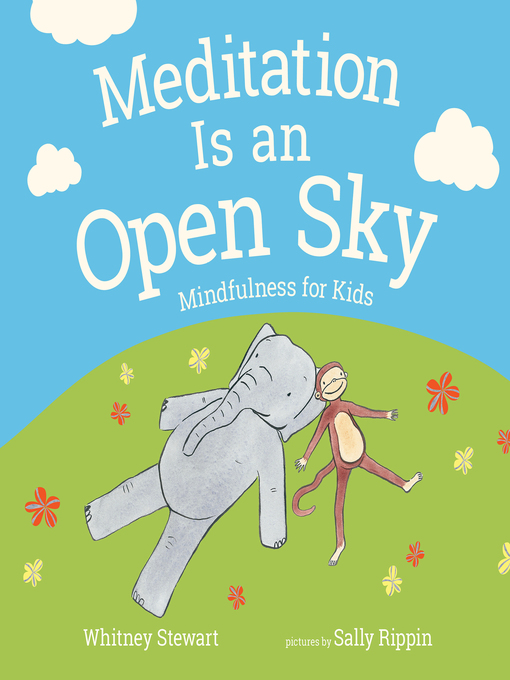Feeling mindful is feeling good! You know when you're having a bad day, you have that wobbly feeling inside and nothing seems to go right? Find a quiet place, sit down, and meditate! In this daily companion, kids of any age will learn simple exercises to help manage stress and emotions, find focus, and face challenges. They'll discover how to feel safe when scared, relax when anxious, spread kindness, and calm anger when frustrated. Simple, secular, and mainstream, this mindfulness book is an excellent tool for helping kids deal with the stresses of everyday life.
- New Non-fiction eBooks
- Most popular
- New Fiction eBooks
- New YA eBook
- YA Romantasy
- New York Times Bestsellers - Adult Fiction eBooks (Updated March 25th)
- New York Times Bestsellers - Adult Non-Fiction eBooks (Updated March 25th)
- See all ebooks collections
- New Non-fiction eAudiobooks
- Most popular
- New Fiction eAudiobooks
- New YA eAudio
- New York Times Bestsellers - Adult Fiction Audiobooks (Updated March 25th)
- New York Times Bestsellers - Adult Non-Fiction Audiobooks (Updated March 25th)
- See all audiobooks collections
- Popular magazines
- Business & Finance Magazines
- Cooking, Food & Drink
- Craft Magazines
- Fashion Magazines
- Gaming
- Gardening and Landscape
- Kids Magazines
- Health and Fitness Magazines
- Hobbies
- House and Home
- Men's magazines
- Science & Technology Magazines
- See all magazines collections





